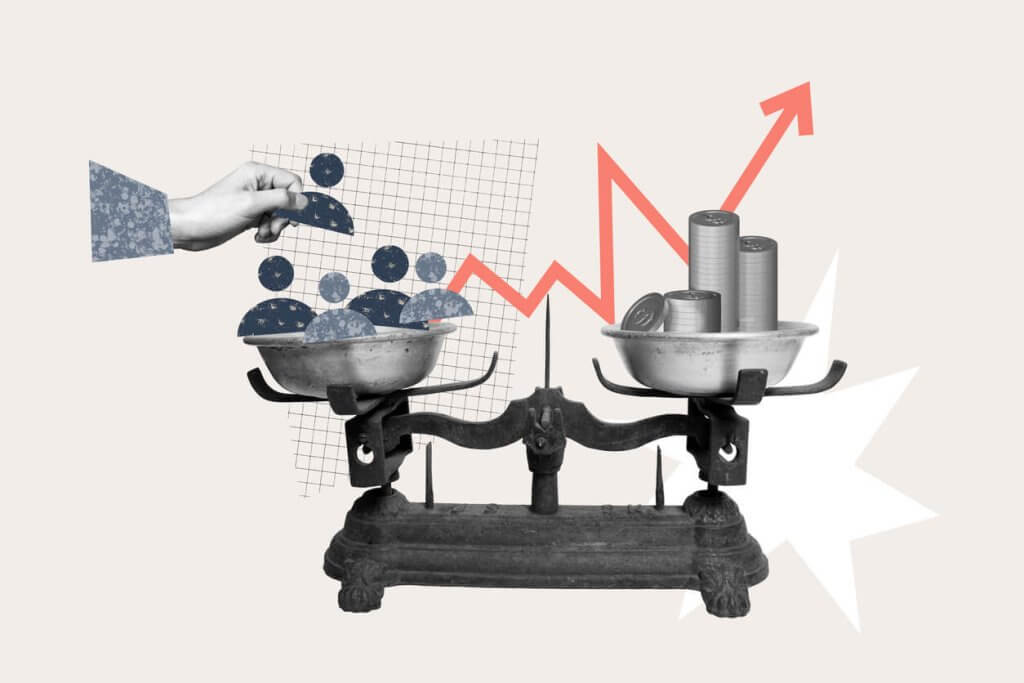How Did the Bluebonnet Become a Symbol of Texas?
Texas is a beautiful state with a rich legacy built from a mixture of lore and grit. Its history is only eclipsed by the power of its legends and symbols. There are several recognizable symbols – like the Lone Star flag and the mighty Texas longhorn – that immediately make folks think of Texas, but the one symbol that draws hundreds of thousands of visitors to the state every year is the prettiest of all: the bluebonnet flower.
Blooming every year between mid-March and April, fields of bluebonnets line the state’s highways, creating rivers of soft violet-blue that blanket the scenery for miles and draw flocks of influencers and nature lovers all in search of the perfect photo backdrop. How did this delicate yet mighty flower come to represent the state? And how does its history correlate with the businesses moving to Texas?
Legends Behind the Bluebonnet
Bluebonnets have been an official part of Texas culture and lore for several hundred years. There are many stories that claim to tell the real story of just how the bluebonnet became the cultural symbol of Texas. Here are two of the most popular:
- Spanish nun Maria de Jesus de Agrada, a missionary working in New Mexico in the mid-1700s, wore a blue cloak over her nun’s habit while she made her rounds. Members of the Jumano tribe in Texas said that she mysteriously appeared to them in Texas and taught them about Christianity. They dubbed her “The Lady in Blue”, and said that on the last morning that she appeared to them, their fields were suddenly filled with deep blue flowers that were the exact same color as her cloak. And thus, the first legend of the Texas bluebonnet was born.
- The Comanche tribe’s bluebonnet legend involves the group deciding to sacrifice their most beloved items after a particularly harsh winter. They made a bonfire, and one little girl threw her favorite cornhusk doll outfitted with a blue feather onto the flames. The fields were covered in blue flowers the next morning.
How the Bluebonnet Became the State Flower
In 1901, the 27th Texas state legislature officially made the bluebonnet the state flower. It didn’t reach that decision lightly. There were many impassioned sessions held as member after member sought to explain why their flower should be the state flower. After sifting through options like the cotton plant (for economic independence and growth) and the pear cactus (representing hardiness and strength), the National Society of Colonial Dames of America nominated the bluebonnet, going so far as displaying paintings of bluebonnets in the legislature’s chambers and placing little flower pots filled with bluebonnets on the desks of each legislature member. Their campaign worked, and the bluebonnet was chosen.
Bluebonnets, New Businesses, and Texas Pride
In the 1930s, the Texas Highway department initiated a dramatic beautification program that included planting millions of Bluebonnet seeds along the state roads. Bluebonnets take patience to grow, and may be a bit tricky to get started since they need very specific conditions to survive. Once those conditions are met, however, they thrive, reseed, and reappear each spring, stronger than ever.
It wouldn’t be remiss to draw parallels between businesses moving to Texas and the bluebonnet flower. Texas is a brand-new environment for many businesses, but Texas provides the infrastructure, tax incentives, skilled workforce, and economic strength needed to provide the right soil and foundation for new businesses to grow. Plus, business owners and their employees can enjoy the unmatched quality of life in Texas! Under these optimal conditions, new businesses can soar and grow and, like the bluebonnet, become a permanent and beautiful part of the state’s landscape.
To find out more about Texas and what moving here could mean for your business, reach out today or sign up for our newsletter on our contact page.


